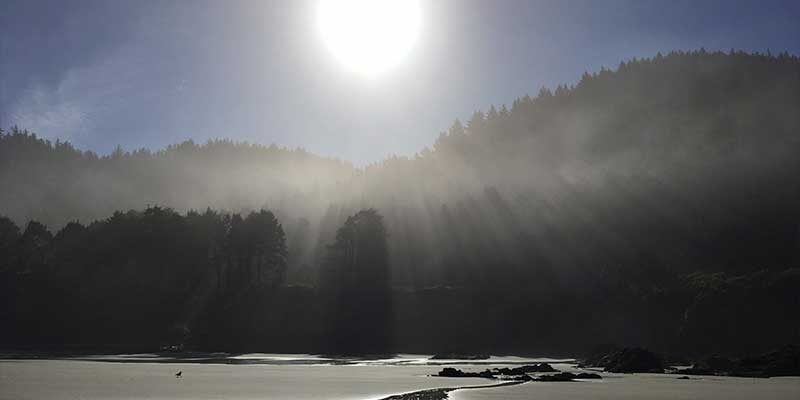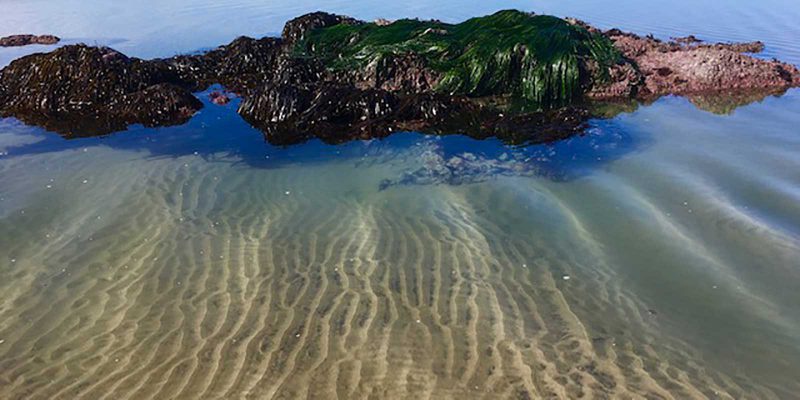Is there a basic human instinct for harmony, balance, and rhythm that can be defined as beauty? Is it the interaction between line, color, texture, sound, and shape that is pleasing to the senses? Is it something that is understood on a more feeling and intuitive level? Is it a reflection of our state of consciousness? Or is beauty simply in the eye of the beholder? What about passion, joy, self-love, and inner beauty? Lots to think about.
When I began to consider and research images of beauty, I found that this was most depicted as women, nature, and art. At first, this brought thoughts of Marilyn Monroe and Grace Kelly. In an article, “How Beauty Standards Differ Around the World,” Susy Alexandre offers a Vogue magazine ideal of a blue-eyed, white, tall, slender-but-busty, youthful, small-waisted, perky derriere, and delicate but alluring features. A 2020 Bradley University study found the ideal American woman’s body would be 5’5”, weighing 128 pounds, with a slim 26-inch waist.
But if you look across countries and cultures, this image changes significantly in many ways. Consider the skin color and facial features alone in a beautiful woman from Brazil, France, Korea, India, China, Japan, Africa, and a Maori woman in New Zealand with her facial tattoos. Earlier times such as the Renaissance era, when art was prominent, displayed the ideal female beauty with a high forehead, blonde hair, pale skin, and long neck. However, the earliest artworks of women portray them with very robust, plump, and even fat figures. Regardless, a woman’s beauty came largely from men’s expectations and how to attract them.
Interestingly, most beauty standards historically are of men. Male beauty has often been tied to an image of youthful golden skin, ruggedness, and a muscular physique (especially focused on the chest and torso). Of course, these images changed also – from the early Egyptian and Greek muscular and athletic form, to one depicting a male with intellect, wealth, and power. Christianity and symbols of Jesus introduced a male image of spiritual perfection – a man in harmony with the universe and an inner world.
But probably nothing rivals Leonardo da Vinci’s perfect Vitruvian man or Michelangelo’s statue of David. An article titled, “The Ideal Man: Male Beauty Standards Through History” by Michaela Simonova thus summarized the ideal concept of man today would be working out in a gym while reading Plato, connected to his inner beauty and self (although ideally slim), and a show of wealth and success.
When it comes to beauty in nature, I believe there is much more universal agreement and appeal. Who does not see the beauty in ocean waves splashing on shore, the majesty of mountains and redwood forests, the magic of sunsets and starlit skies, or the masterpiece of a rose which is often considered the symbol of love?
Literature is filled with references to nature’s beauty. It has been said that nature and flowers in particular are a testimony that the world was designed for our enjoyment. Joyce Kilmer’s poem “Trees” highlights our reverence and love of nature:

I’ve long been fascinated by what it is about nature that makes it so beautiful. I have a good friend, Bruce Rawles, who is an authority on sacred geometry, and I asked him if he could explain it from this perspective. He made it clear that literally all life forms are created of geometric codes using a “golden ratio” of perfection; that a principle of oneness underlies all geometry and acts as a continuous reminder of our sacred relationship to the whole. As A Course In Miracles states, “They are all the same; all beautiful and equal in their holiness.” (ACIM, T-13.VIII.6:1)
I wrote in my book, Why Love Heals, that we live in a quantum sea of love, and nature is its purest form. It is important to understand that we truly are Divine Source and that the energy of love resides within everyone. Nature awakens us to the beauty and Divine Spirit within.
There is no separation. As Father Dr. Sean O’laories says, “We’re all bite-size pieces of Source, when we connect with our inner divinity, we see the beauty and truth in all that exists. Beauty is what is soul-pleasing. But he also notes that you can’t have love without pain, or beauty without ugly.
Yep, spoiler alert: Life is messy. And that’s the beauty of it. Beauty is arrived at through the understanding of the contrast between the positive and the negative. We need to be grateful for learning the spiritual beauty of being virtuous. It’s how we learn and develop kindness, courage, humanity, generosity, care, and compassion.
While life is about seeing the beauty in everything, our emotional state can turn just about anything ugly. Our state of mind, stress, or joy affects our perception. This is the real value of joy; it connects us to love, where one can truly value and respect the diversity of life and the greatest love of all: learning to love ourself.
What is beauty? Who decides? Is beauty only skin deep? Or in the eye of the beholder? Are you seeing with your eyes or your heart?

I encourage you now to sit quietly and open your heart. What do you see?



